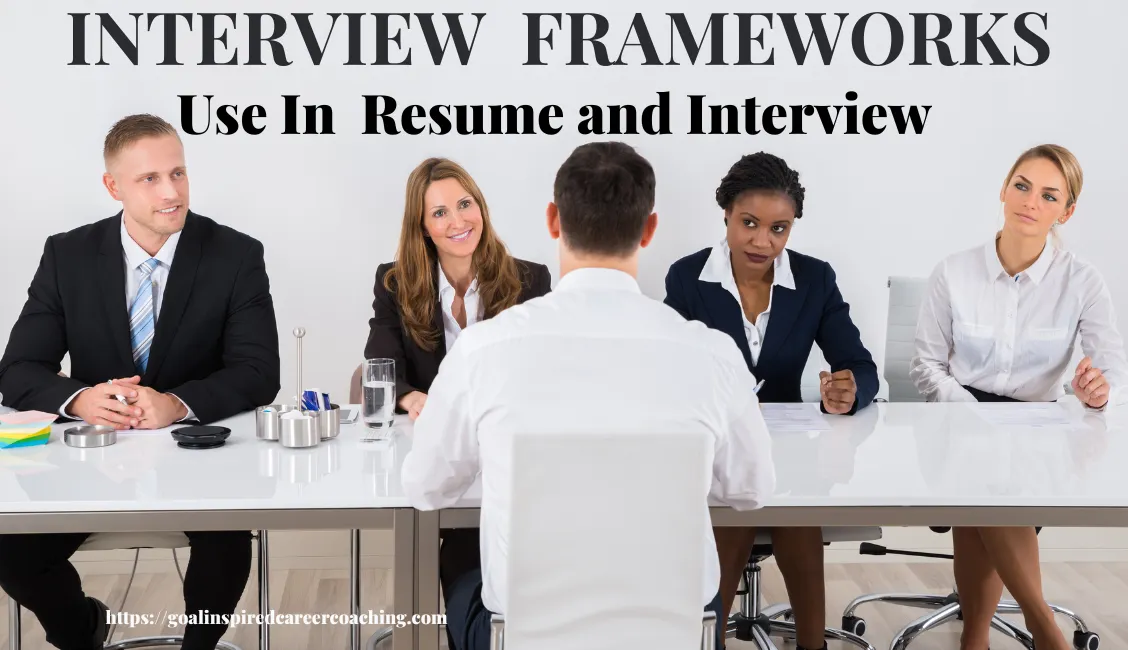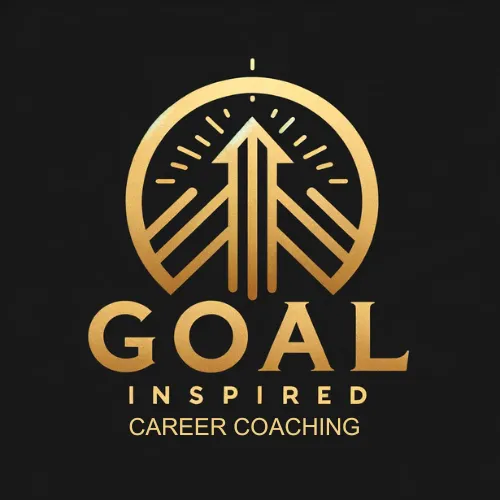INTERVIEW FRAMEWORKS: Ace Your Next Job Interview
Are you confused about the various interview question-answer frameworks that you see on social media?
As someone who has been on both sides of the hiring table, I completely understand how overwhelming and confusing the interview process can be.
The good news is, there are several frameworks that you can use to help you prepare for interviews and impress your potential employer!
Let's determine how we can use the most popular frameworks:
🔹 PAR: Problem, Action, Result
🔹 CAR: Context, Action, Result
🔹 CARL: Context, Action, Result, Learning
🔹 STAR: Situation, Task, Action, Result
While these frameworks may seem different at first glance, they are all designed to help you showcase your skills and experience in a structured way.
Here's how they work:
🔹 PAR: Problem, Action, Result
The PAR method involves identifying a problem or challenge you faced, explaining the action you took to address it, and highlighting the result you achieved. This framework is great for demonstrating your problem-solving skills and your ability to achieve results.
EXAMPLE:
Problem: There was a communication issue when I was working on a team project.
Action: To resolve it, I organized regular team meetings, implemented a collaborative online platform, and encouraged open dialogue among team members.
Result: As a result, our communication improved, leading to better coordination, increased productivity, and a successful project outcome.
🔹 CAR: Context, Action, Result
Like PAR, the CAR framework focuses on the context of the situation you faced, the actions you took, and the results you achieved. However, this method places more emphasis on the context of the situation rather than the specific problem you faced.
EXAMPLE:
In one of my past jobs when I worked as a customer service representative, I had a challenging client who was dissatisfied with our delivery schedule. To address this, I took the time to understand their concerns and provided personalized assistance and solutions. As a result, the client's satisfaction levels significantly increased, and they became loyal customers, positively impacting our business growth.
🔹 CARL: Context, Action, Result, Learning
The CARL method is like the CAR framework, but it also includes a focus on what you learned from the experience. This framework is great for showing your ability to reflect on your experiences and grow from them.
EXAMPLE:
For example, I was managing a complex software development project that had various technical challenges. To overcome this, I collaborated and worked closely with the development team to get their expert guidance and input.
This helped me simultaneously to learn new methodologies; I was able to overcome these obstacles and deliver the project successfully.
This experience shows the need to adapt to changing situations, flexibility, and openness to learning new ways of doing things and implementing new processes in this field of the ever-evolving field of technology.
CARL: Context Action Result Learning
🔹 STAR: Situation, Task, Action, Result
The STAR method involves describing the situation or task you were faced with, the actions you took to address it, and the results you achieved. This framework is great for showing your ability to work under pressure and achieve results in a structured and organized way.
EXAMPLE:
For example, as a team leader, I had to manage a company-wide event with a tight deadline. To ensure its success, I carefully assessed the requirements, delegated tasks to team members, and maintained regular communication to monitor their progress.
As a result, we not only met the deadline but also received overwhelmingly positive feedback from participants. Everyone was happy; it boosted employee morale and enhanced the company's reputation.

How should you use these frameworks in your job search?
1. Understand The Job Description:
First, ensure you understand the job requirements you are applying for and the skills and experience the employer is looking for.
Then, use the relevant framework to structure your resume and prepare for your interview.
2. Use Achievable Experiences In your Resume:
Use bullet points to highlight your experiences and achievements in your resume using one of these frameworks.
This will help your potential employer quickly understand your skills and experience in a structured and easy-to-read format.
3. Structure Your Answers During Interviews:
Listen carefully to the questions being asked and use the relevant framework to structure your answers during your interview.
This will help you showcase your skills and experience concisely, making it easier for the interviewer to understand why you are the best fit for the job.
Remember! Use specific examples from your past experiences and focus on the results you achieved. This will help you stand out from other candidates and demonstrate your ability to succeed in the role.
Are you ready to ace your next interview?
Try using one of these frameworks to structure your responses and show your potential employer why you are the best fit for the job!
HERE ARE SOME VALUE-PACKED VIDEOS WITH INTERVIEW FRAMEWORKS:
- Ten Most Difficult Interview Questions and Answers
2. How To Prepare for a virtual Interview
3. Job Interview Confidence To get Your Dream Job
4. Where Do You See Yourself In 5 Years?
5. "Tell Me About Yourself" Is Not a Question

If you are struggling to grow your career, I can teach you how to up-level your career to become unstoppable!
✅ Create your interview-generating resume.
✅ Create your opportunity-generating LinkedIn profile.
✅ Stand out in job interviews to land the job that you are the ideal candidate for
✅ Get that promotion you are deserving of
✅ Career pivot up to 180 - meaning, new function/new industry
✅ Find your lane of Genius and pivot from being a career professional into entrepreneurship, being a founder/owner of your own business.
✅ Build a Magnetic Professional Brand That Drives Your Success.
If you are ready to embark on your career journey, take action today.
